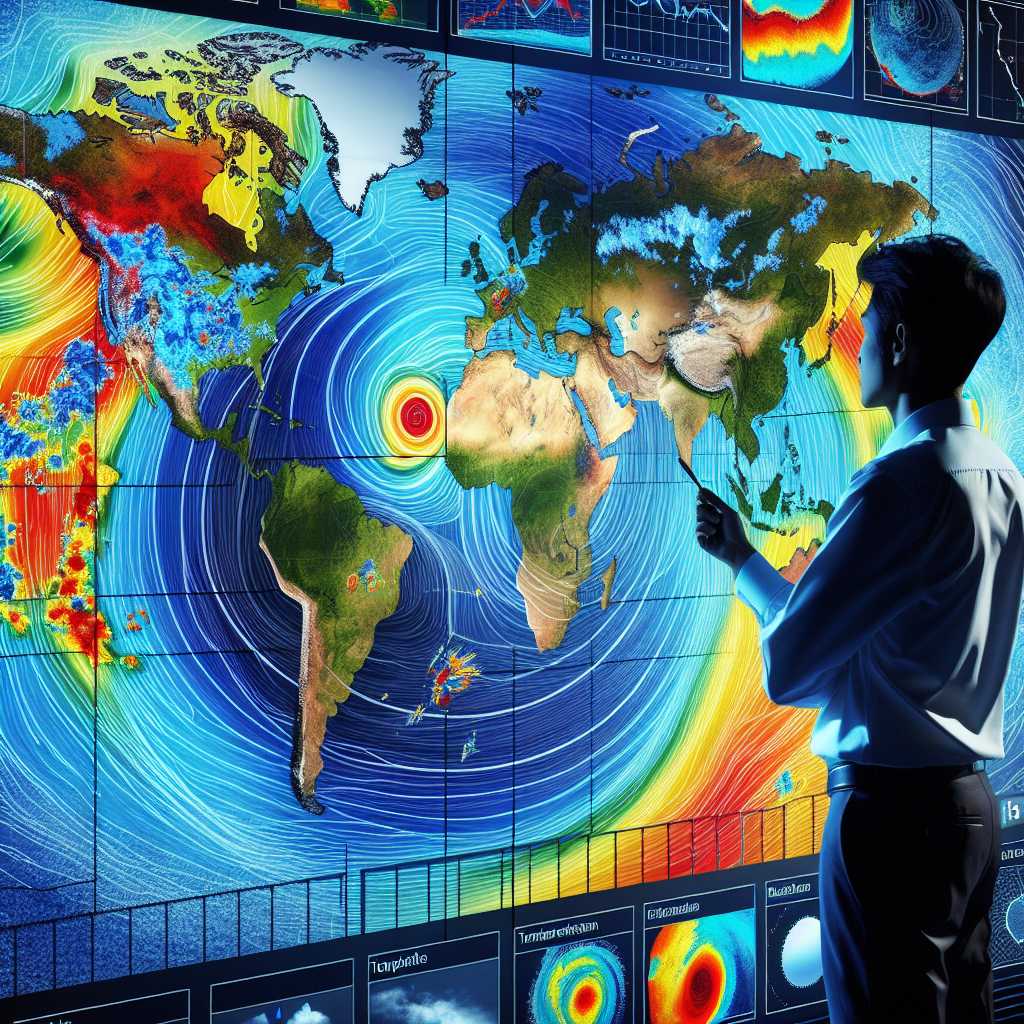Understanding and Predicting Weather: A Comprehensive Overview
Weather conditions are an omnipresent aspect of daily life, affecting everything from personal plans to global industry operations. Accurate weather forecasts are crucial for preparing for potential impacts.
The Importance of Meteorology in Daily Life
Meteorology, the science of the atmosphere, plays a pivotal role in understanding weather patterns. Through the ongoing observation, analysis, and forecasting of weather conditions, meteorologists provide valuable information to the public. Their work aids in preparing for severe weather events and informs decisions from agriculture to disaster response planning.
Components of Weather Forecasting
Forecasting weather involves several key components. One of the essential elements is the observation of current conditions using tools such as weather stations, radar systems, and satellites. These instruments collect data on temperature, humidity, wind speed and direction, precipitation, and atmospheric pressure.
The Use and Development of Forecast Models
Forecast models are sophisticated computer programs that simulate atmospheric conditions using collected data. There are different types of models:
1. Numerical Weather Prediction (NWP) Models – Use mathematical equations to simulate the atmosphere’s behavior, allowing forecasters to anticipate how weather systems will move and change.
2. Statistical Models – Use historical data to determine the likelihood of certain weather outcomes based on similar past conditions.
These forecasting models require constant refinement to improve accuracy and predictive capabilities.
The Role of Technology in Advancing Weather Forecast Accuracy
Advancements in technology have been integral in enhancing the accuracy of weather forecasts. High-speed computers allow for detailed processing of large datasets, while improvements in satellite and radar technology enable real-time monitoring of weather systems.
Climate Change and Its Impact on Weather Predictability
Climate change is influencing weather patterns globally, leading to more extreme events and increasing the challenge for accurate prediction. Warmer global temperatures can intensify storms and alter precipitation patterns, complicating forecast models’ predictions.
Seasonal Weather Conditions and Their Influence
Weather systems also have unique characteristics depending on the season. Understanding these variations is critical for accurate short-term and long-term forecasts.
1. Spring – Often brings unpredictable weather, with a mix of warm days followed by sudden cold spells or heavy rains.
2. Summer – Typically associated with heatwaves or sudden thunderstorms due to the hotter air that can hold more moisture.
3. Fall – Characterized by changing leaves and cooling temperatures, but can also bring severe weather like hurricanes.
4. Winter – Cold temperatures dominate, bringing snow, ice, or sleet in certain regions.
Today’s Weather Patterns and How They Affect Us
The day’s weather can impact numerous aspects of life:
– Transportation is a sector significantly affected by adverse weather, from fog impairing visibility to icy conditions causing treacherous driving scenarios.
– Public Health concerns increase during weather extremes; heatwaves can trigger heatstroke incidents whereas cold snaps heighten hypothermia risks.
– Economic factors also tie into the weather with events like poor harvests due to drought affecting food prices globally.
Notes
Image Description: A meteorologist stands beside a digital screen that exhibits various colorful maps indicative of local weather patterns including temperature distribution, radar screens showing precipitation, and pressure system outlines over a map.
